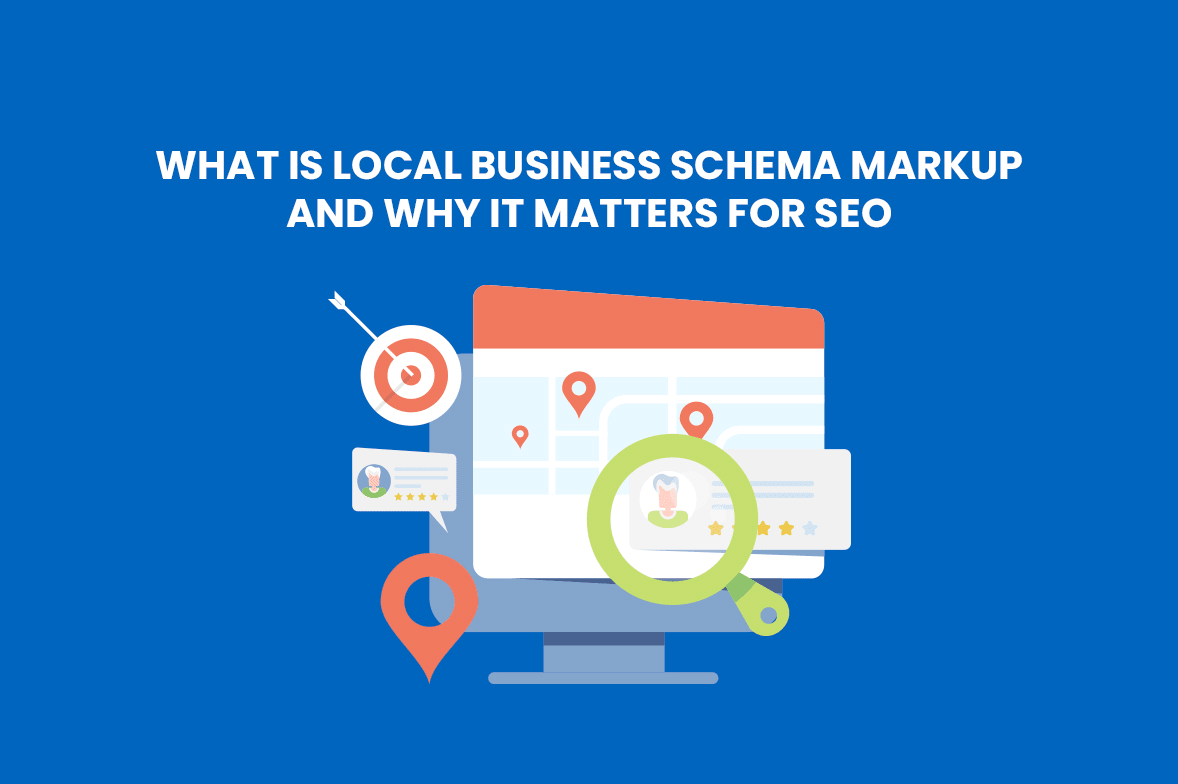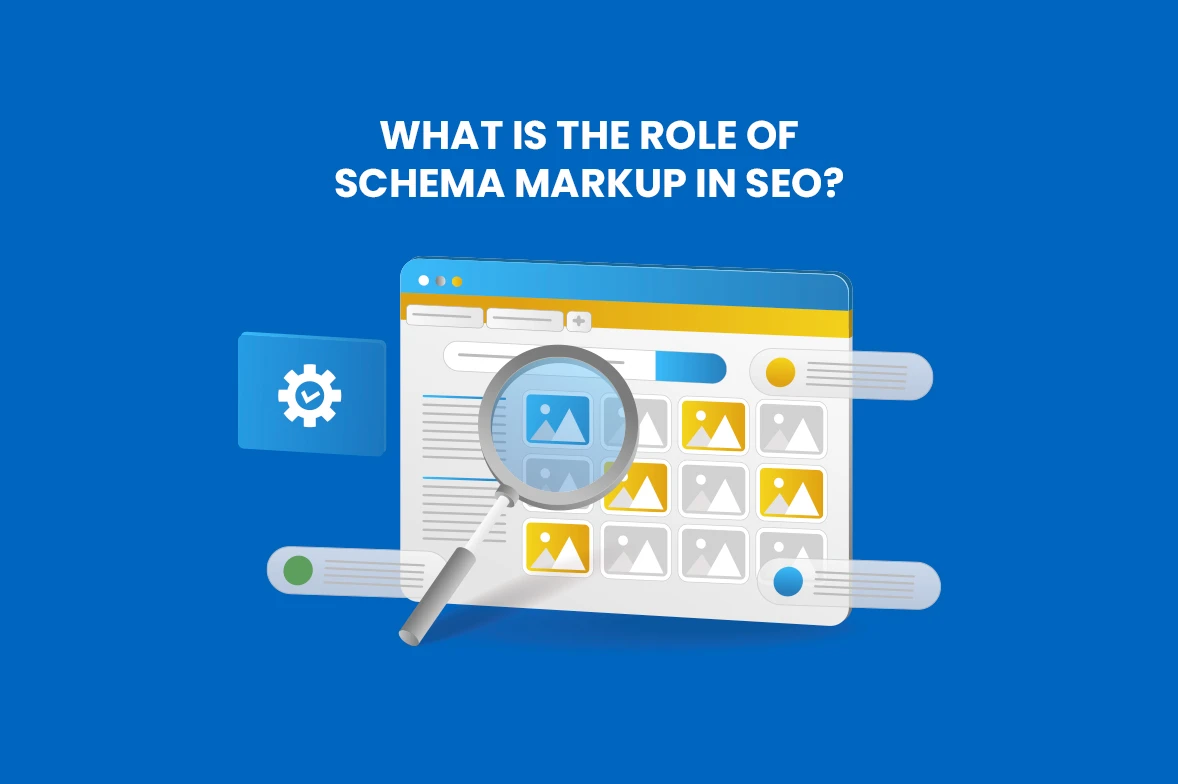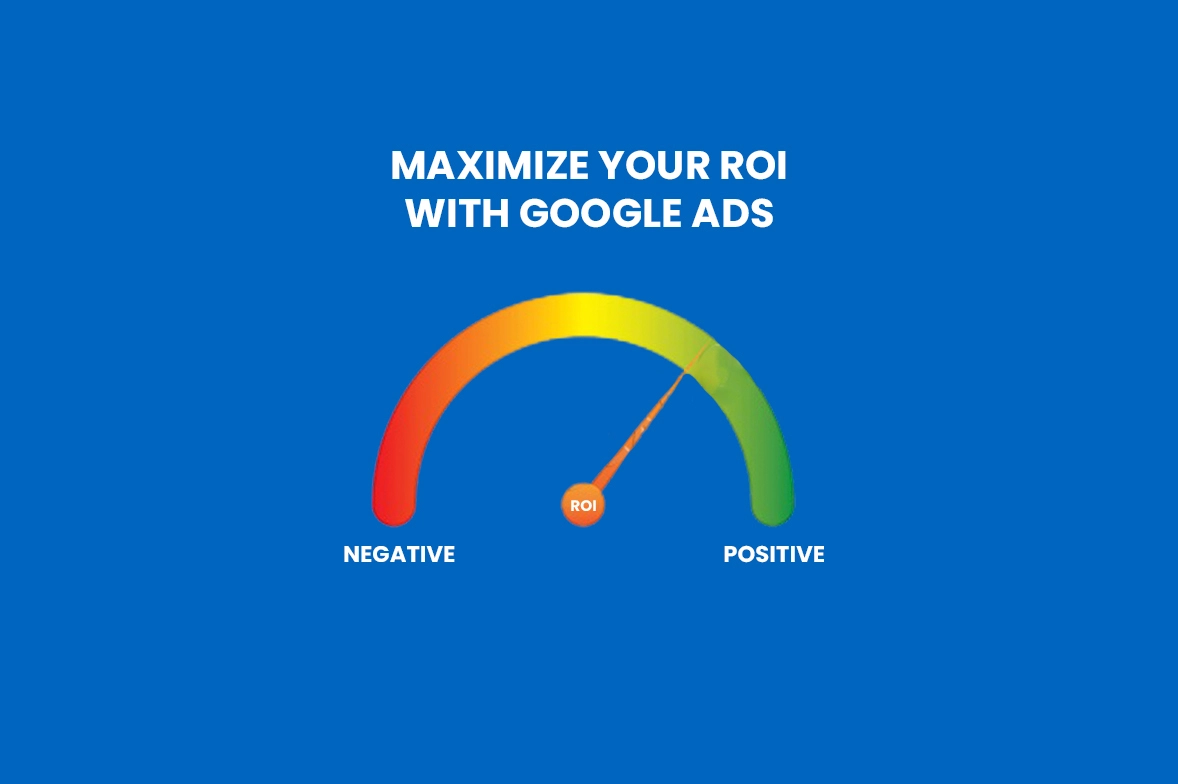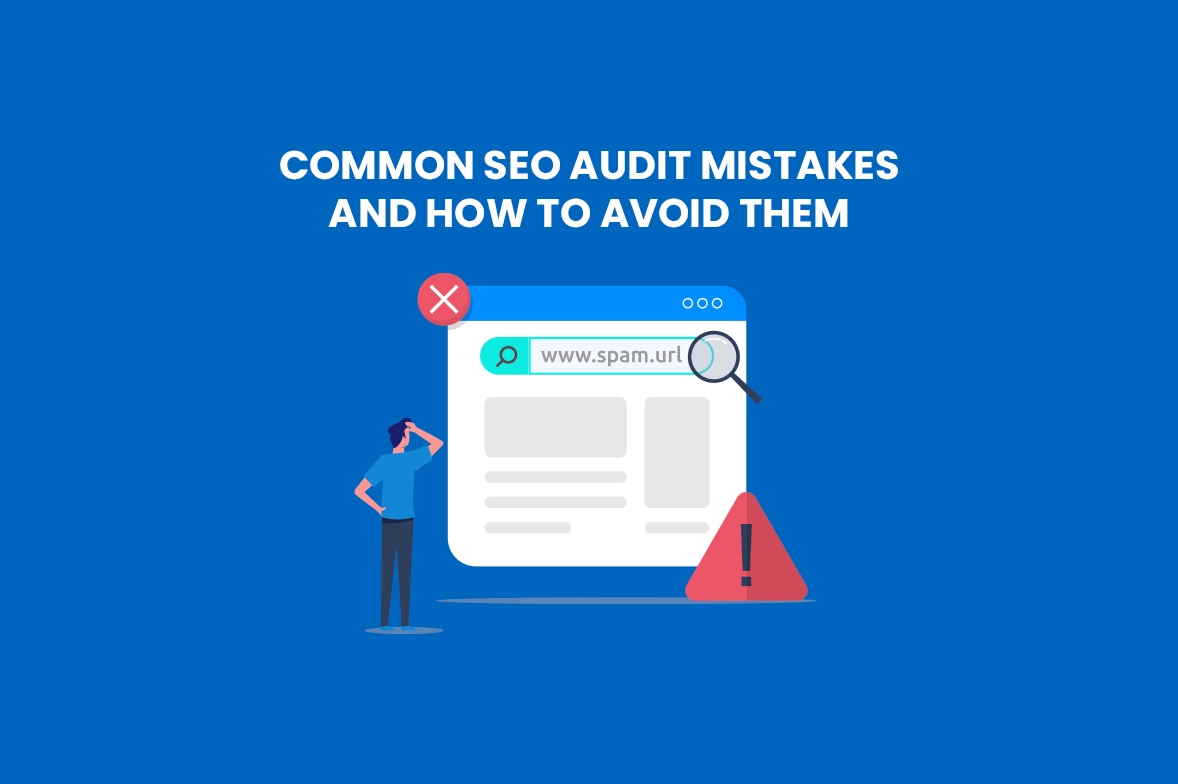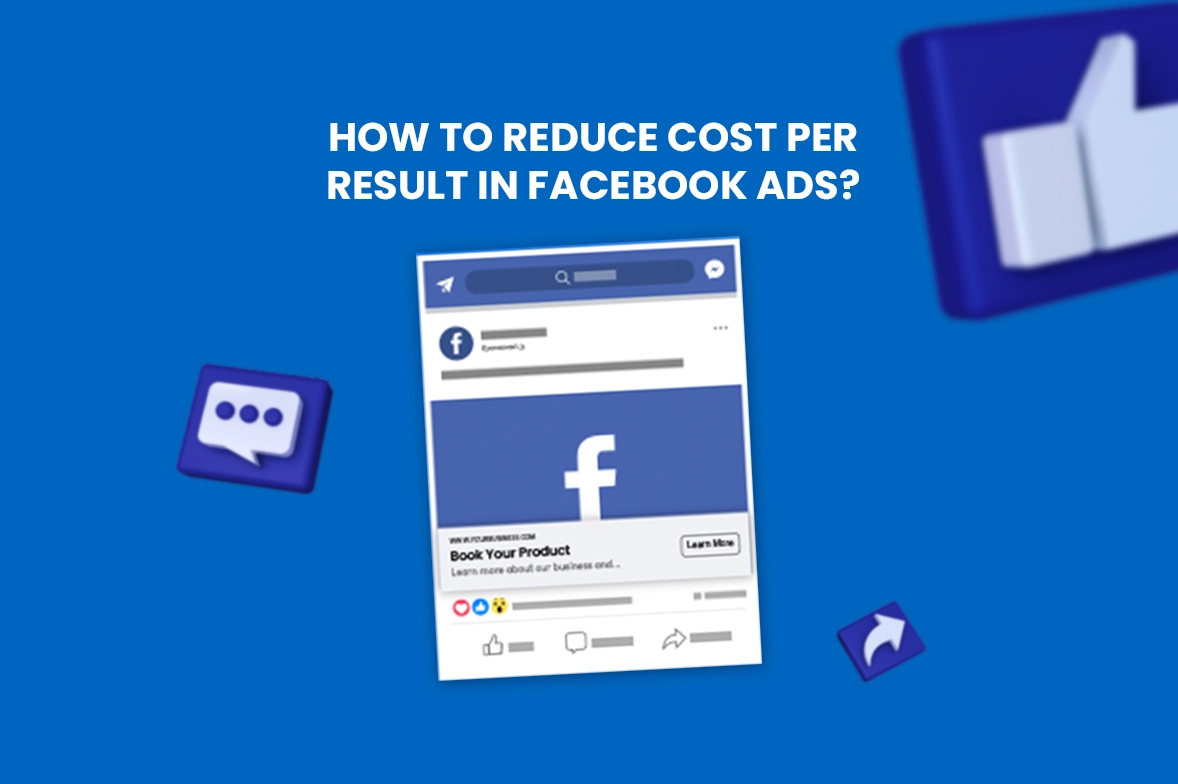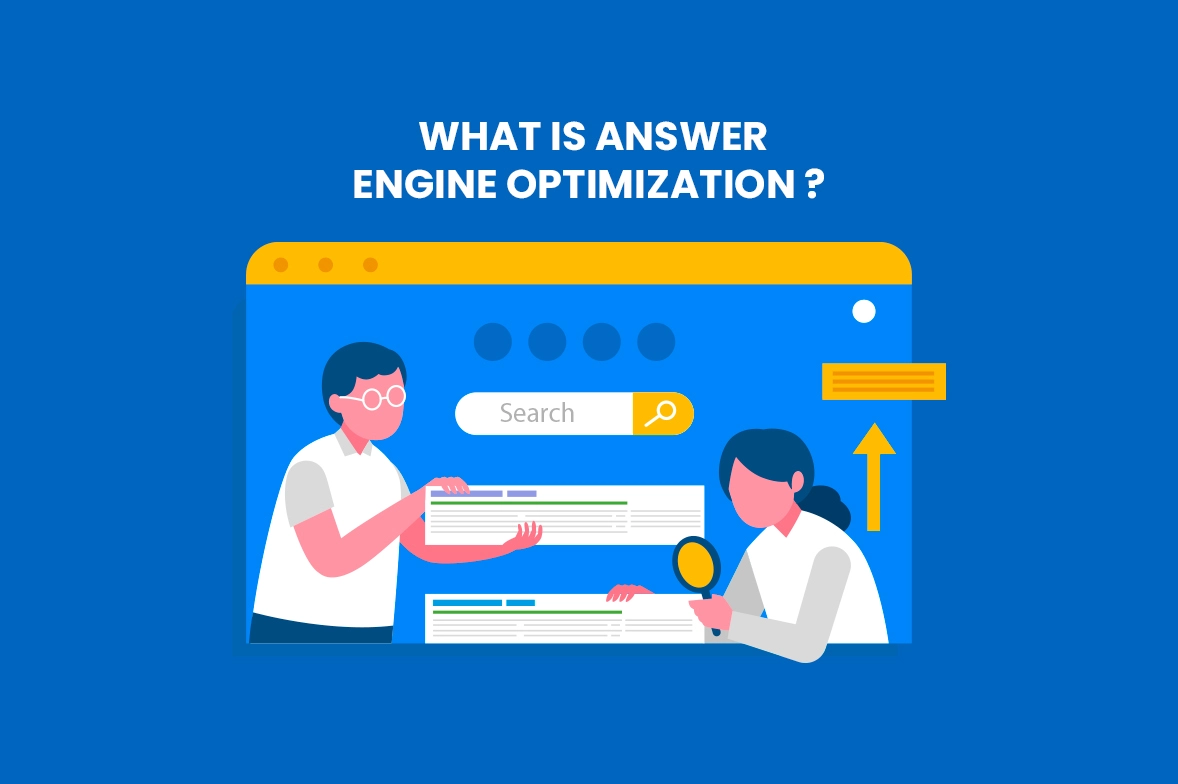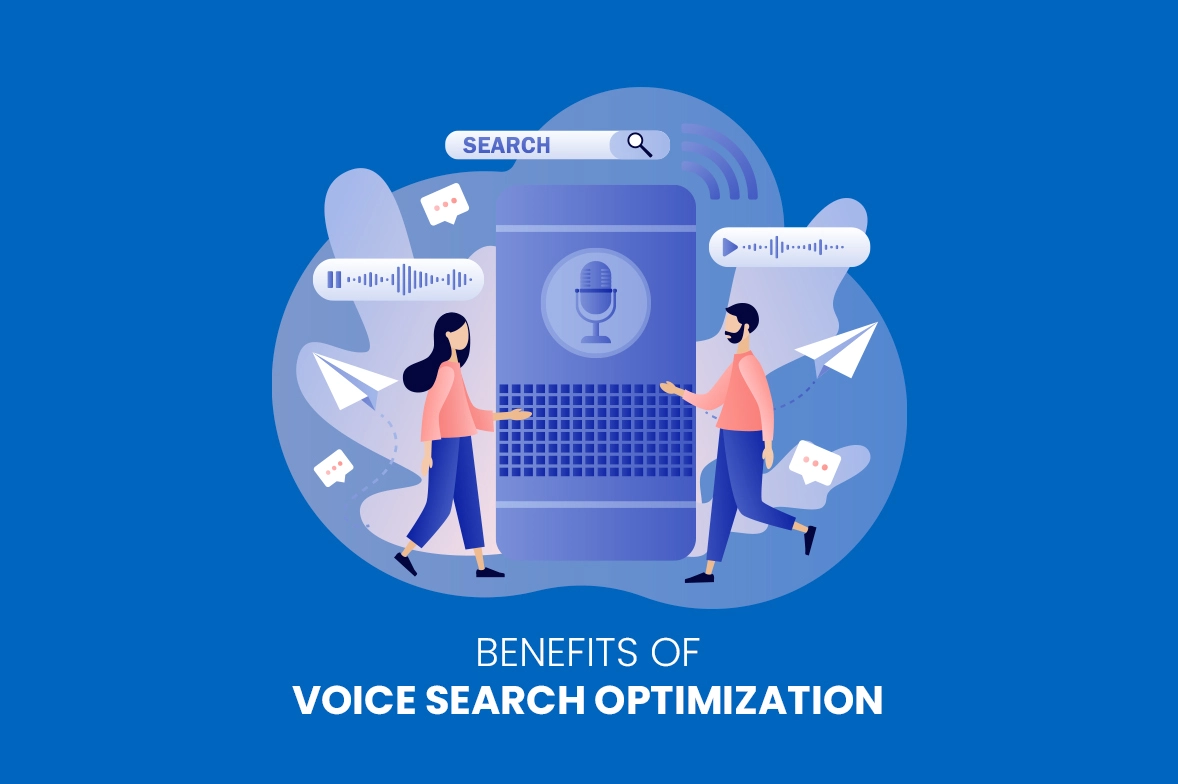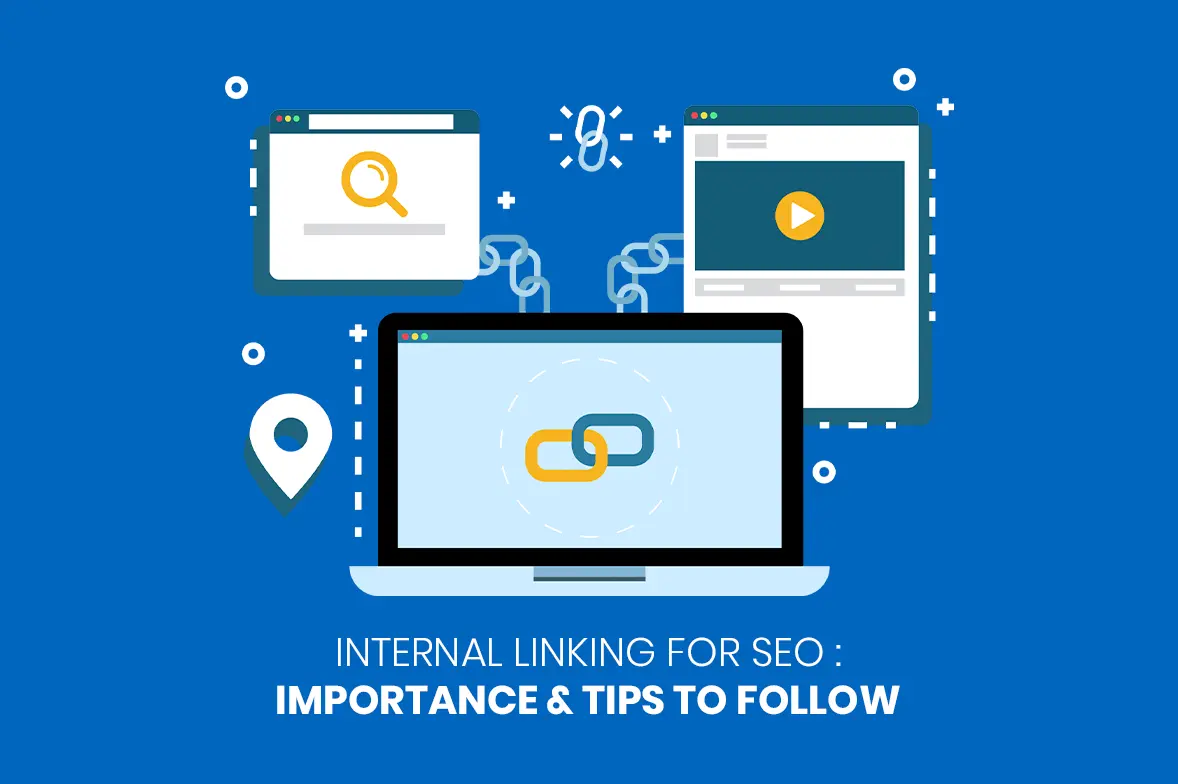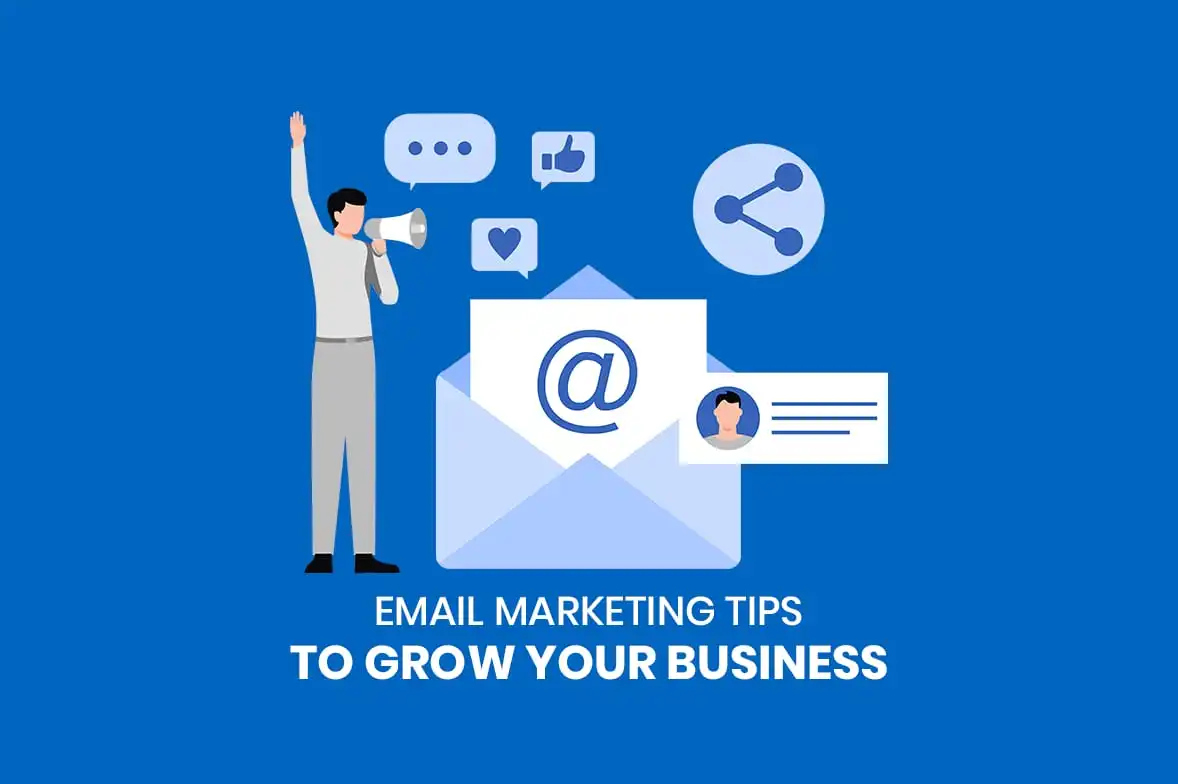
7 Reasons Why Your Facebook Ads Don’t Convert
Are you struggling with the conversion rate of Facebook ads? Unable to achieve your desired results with FB ads? Not sure how to resolve these issues? Calm down! We can help you identify the problems that may be hindering your progress and success. In this blog, you will discover the factors most likely to affect the effectiveness of your ads. Let’s get started:
Facebook ads are not just ads, but the perfect way to pitch your targeted audience without the stressful burst of unwanted or fake alerts.. You can either succeed or fade out intentionally if your ads aren’t perfectly executed. What if the ads are not converting as before? Yes, we need to first find out the reasons. The given below are the 7 reasons why your Facebook ads are not able to convert and just keep in mind if you are struggling with less customer interaction next time.
Limited Audience Data
First of all, Facebook is too different from Google ads. Facebook never gets you the customers, but shows you the best customers who are ready to get converted soon. To admit the benefits you need to reach them effectively.
To begin with, a lot of companies launch way too limited campaigns.
Start with a broad awareness campaign targeted to the lowest CPC available if your client is new to the business and has limited data to share with you. You can launch around half a million impressions at a low cost and get useful engagement statistics, including who clicks on your advertisements and whether any users are converting.
You can easily access the data by using:
- PPC campaign data from Google Ads and Microsoft Ads (for example, contact information).
- Analysis of competitors (all advertising channels combined).
- Census data for local demographics.
- Analytics on your website and marketing platforms in real-time.
- Site quizzes and surveys.
- Psychographic information on people who “like” your company.
For visitors to your website who click on your advertising but do not convert, you can even utilise customised pixels.
Effective Optimization of Your Targeting Parameters
Audience building is the most crucial aspect of every marketing. Sadly, improperly adjusted targeting criteria may result in ad expenditure being wasted without gaining any results.
For example: A poorly organised event could be the deciding factor between someone buying a watch from your business around their birthday or just ignoring it on any regular day.
Many businesses make the mistake of targeting too broadly and overlooking device usage. To minimise targeting errors and concentrate on specific criteria, create a buyer persona and input all relevant information into your custom audiences.
Divide your buyer personas into three categories:
Demographics (age, gender, race, income, location, and so on).
Psychographics (interests, likes, and lifestyle).
Behaviour (shares, comments, engagement, and purchasing patterns).
Facebook also takes accuracy to new heights. Facebook can target the ones who are likely to get married soon and can share the data with the jewellery business or photography/videography business.
This is based on personal information that users opt to provide, as well as all of the previous information, such as pages they’ve liked and posts they’ve interacted with most frequently. You may use this to get your message in front of the people who are most likely to be interested in your company.
Facebook Users Aren’t Always Buyers
We know that Facebook is never a shopping site where your customers eagerly come across to buy from you. It’s a social app where the goal is specifically communication by building connections. You, on the other hand, are trying to score the value of your brand , but the customers just scroll your ads down. Oops, what’s next? Feeling confused over this?
At the moment, just think that the people here are to share the content with family and friends. The click rate on your ads, especially from a mobile device, will be much lower. It’s important for you to be keenly aware of their preference and taste. Use Facebook lead ads, video ads, or even dynamic ads as a means of attracting visitors to your funnel when conversion rates are low.
You Aren’t Breaking Up Your Ad Campaigns
Only certain audiences will be reached by the creativity and messaging of your advertisements. A/B split testing should be taken into consideration if your advertising is generating a lot of impressions but few clicks and even fewer conversions.
Explore with:
Texting
Creative for ads
Pictures
Landing page text
Audience segments
You may produce hyper-targeted messages that hit better by segmenting your viewers according to their prior involvement and various conversion goals.
More Deeper Issues On Your website
If users are clicking on your ads, but not converting, there may be more serious issues with your landing page or website than just the language in your ads.
Possible problems include:
Uneven messages.
Poor UX and lengthy loading times.
The content is weak.
Unattractive cost proposal.
Consider the following optimization tactics to monitor your conversions, address a high bounce rate, and improve the conversion rate of your landing page:
- Increase user engagement by including high-quality photos and interactive components.
- Display a visible Call to Action (CTA) combined with an enticing offer, such as a flat 50 % discount or a free first-month subscription.
- Remove any unnecessary navigation items from your website.
These strategies can help you not only track your conversions but also improve the efficacy of your landing page in turning visitors into buyers.
Unable to Create Click-worthy Ads
Making Facebook Ads that people want to click on is essential to the success of your advertising campaigns. Failing to do so can result in wasted ad spend and missed opportunities. The following are some typical causes of unsuccessful attempts to produce click-worthy ads:
Absence of Relevance: Your advertisement won’t be clickable if it doesn’t relate to the user’s purpose or the landing page’s content. Make sure that the landing page, keywords, and ad copy all work together to give users a consistent experience.
Weak Headlines: Users will scroll over your ad headline if it isn’t eye-catching because it is their initial impression. Write attention-grabbing headlines that solve an issue, spark interest, or both.
Unappealing Visuals: A lot of an advertisement’s effectiveness comes from its visual components. Make use of movies or high-quality pictures that complement your message and target demographic. Finding the optimal visual can be aided by A/B testing several designs.
Undefined Benefit Proposition: When a user clicks on your advertisement, they should know right away what the deal is about. Express the advantages or special features of your good or service in an understandable manner.
Neglecting Ad Extensions: Ad extensions offer more details and ways to get in touch. Utilise them to give users more value and increase the visibility of your advertisement.
Ignoring Mobile Optimization: Make sure your advertisements are tailored for mobile platforms. Mobile friendliness is essential for click-worthy ads due to the growing trend of smartphone use.
Disregarding Ad Copy Length: The length of an advertisement’s copy might vary depending on the platform. While some platforms have character restrictions, some have larger descriptions. Make sure your ad wording conveys an engaging message while adhering to the platform’s rules.
Failing to Address Pain Points: If your offering can assist with a particular issue, bring it up straight in the copy of your advertisement. If users believe your solution is relevant to their needs, they are more inclined to click.
Note that producing click-worthy advertisements is an ongoing endeavour. To continuously enhance your advertising efforts, evaluate the effectiveness of your ads on a regular basis and modify your tactics in response to data and user feedback.
Absence of Experimentation
If a Facebook Ad campaign isn’t yielding the expected website conversion outcomes, experimenting is an important phase in its correction. Even the highest-paid traffic specialists in the world frequently struggle to create a successful advertisement on their first attempt. Many of them must go through a testing process to determine which advertisement would yield the best results.
Think about making different versions of the same advertisement for your own campaigns.
After a few days of running several ad versions, you should review the statistics. It’s likely that one advertisement will result in a higher site conversion rate than another. You can split tests more than just an advertisement’s images. Additionally, you can play around with an advertisement’s targeting and copy. Also, can even choose to experiment with other ad forms, like Instagram or right sidebar advertisements, to see what results.
Making significant adjustments to your current adverts is crucial when conducting split testing. This is due to the fact that it is more likely to result in a significant improvement in your outcomes than in minor, gradual adjustments.
- Ways to Increase Conversion Rates for Facebook Ads.
- Use past purchases to target customers.
- After a conversion, use Lookalike Audiences to broaden the campaign’s reach.
- Make use of event targeting to promote exclusive deals and occasions.
- Modify your value proposition to target the pain areas of various audiences.
- Make use of remarketing for visitors who leave your landing page without clicking.
- For more precise targeting, layer the parameters.
- Keep learning more about your clientele.
Considering your business strategy can help you decide if Facebook advertising makes sense for your company or the company of a client. You may generate leads and foster them for conversions using a multichannel approach that combines paid social media, PPC advertising, and remarketing.
Conclusion
Facebook Ads can be an excellent strategy to improve traffic to your website and grow more important conversions. Nevertheless, it’s possible that you’re making some typical blunders in the process of bringing your target audience to your landing page if you haven’t yet seen a sufficient return on investment.
If you want to rescue a failing Facebook Ad campaign, we’ve discussed a few easy fixes in this piece. We looked at the targeting and ad copy adjustments you can make. We also talked about how crucial it is to test several iterations of the same advertisement in order to identify the one that works. So be ready to act wisely and pave the way for your business growth with Facebook ads!
Nijoe Varkey
With over 20 years of experience in digital marketing, Nijoe is the founder, CEO, and driving force behind Dinero. He is an expert in SEO, social media, performance marketing, and all fields of digital marketing. With a deep understanding of industry trends and innovative strategies, he is committed to delivering results that help clients grow.
